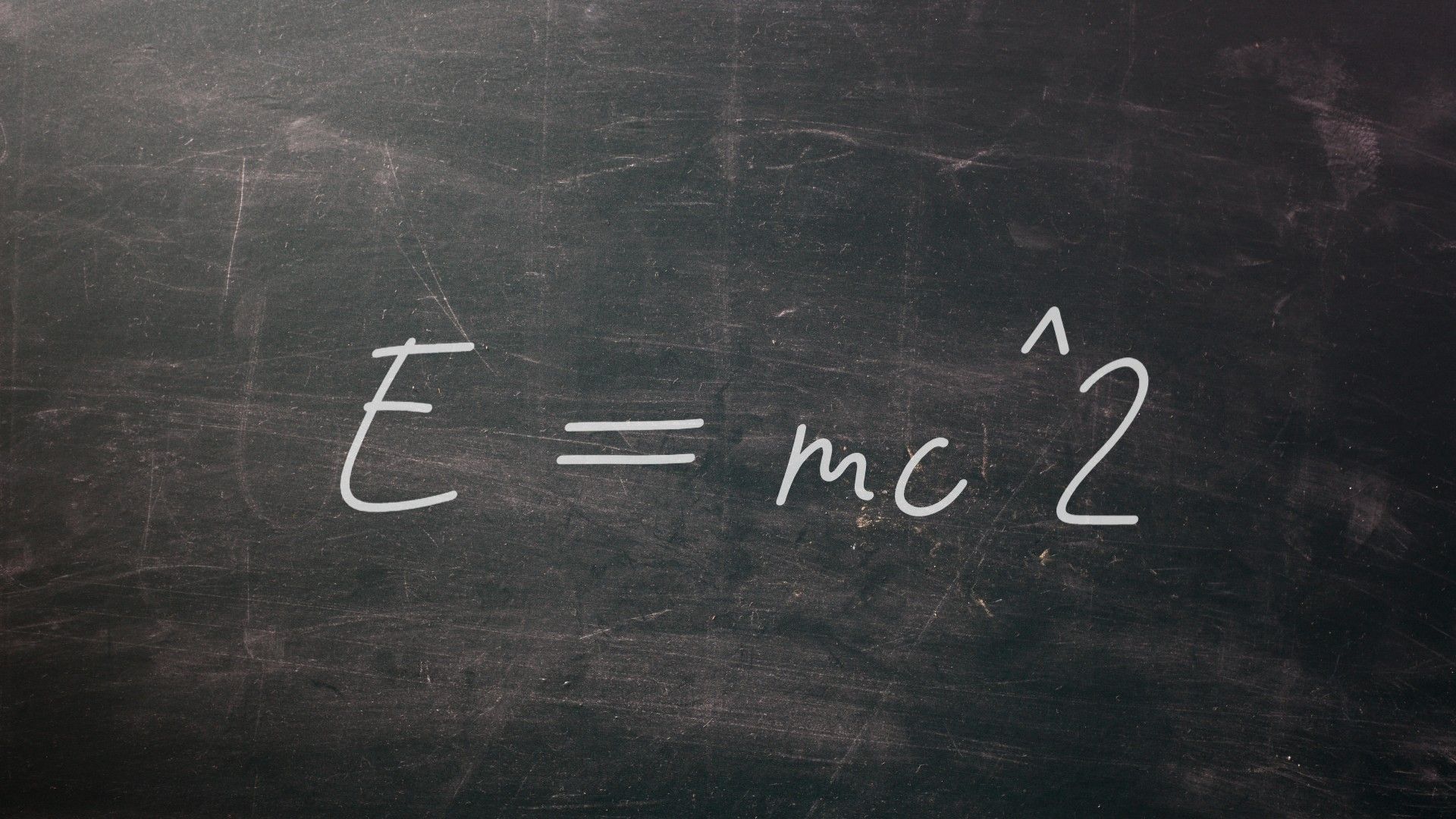Environment & Energy
Related: About this forumPR: Zap Energy attracts $130M in fresh capital as demo power plant system begins operations and aims for first milestone
https://www.zapenergy.com/news/zap-attracts-130m-as-demo-system-begins-operationsZap Energy attracts $130M in fresh capital as demo power plant system begins operations and aims for first milestone
Century, a test platform for liquid metals and other key fusion energy technologies, and total funding that now surpasses $330M advance Zap’s compact fusion systems.

Century is Zap Energy's first fully-integrated demonstration of three major plant-relevant technologies operating at up to 100 kilowatts of input power.
Zap Energy has begun operations of Century, its new high-rep-rate, liquid-metal-cooled fusion test platform, and closed $130 million of fresh capital, marking significant steps toward a commercial fusion power plant.
Century is the first fully-integrated demonstration of several fusion power plant-relevant technologies, including one of the largest tests of a plasma-facing liquid metal blanket to date. Century has already demonstrated a test run of more than 1,000 consecutive plasmas in less than three hours into a chamber lined with flowing liquid metal.
…
Z-pinch fusion from lab to grid
Zap Energy’s fusion approach, known as a sheared-flow-stabilized Z pinch, avoids large superconducting magnets and powerful lasers, and is far smaller than conventional systems.
To generate net energy from fusion, regardless of the type of device, the plasmas inside must satisfy fusion’s triple product: they must be hot enough, and dense enough, for long enough. With a track record of rapid progress in plasma physics using two workhorse fusion devices, and recent results reinforcing the viability of the path ahead, Zap has begun work engineering new devices to face greater extremes and harness fusion’s energy output.
…
…
OKIsItJustMe
(20,733 posts)rampartd
(316 posts)would a fusion unit fail safe?
OKIsItJustMe
(20,733 posts)A Fukushima-style fission reactor works by having a bunch of radioactive material, which reacts, splitting heavy atoms (like uranium or plutonium) into lighter atoms, hopefully in a controlled fashion, using “control rods” and a lot of water, to keep it from “running away” or “melting down” when the fuel literally melts down.
https://en.wikipedia.org/wiki/Nuclear_chain_reaction#Nuclear_power_plants_and_control_of_chain_reactions
A fusion reaction is difficult to get running in the first place. It takes non-radioactive material, and squeezes it together, using high pressure and temperature, to make heavier atoms from lighter atoms (for example, “fusing” hydrogen atoms to make helium atoms.) When the tsunami hits, the reactor will stop dead in its tracks.
and the value of gold could take a serious hit in the next few decades!
OKIsItJustMe
(20,733 posts)If not, I will assume that you don’t know what you're talking about.
https://www.iaea.org/bulletin/safety-in-fusion
An inherently safe process
Carley Willis, Joanne Liou
While nuclear fission derives energy from splitting atomic nuclei, nuclear fusion does so by joining them, releasing energy in the process. Though both atomic reactions produce energy by modifying atoms, their fundamental differences have broad implications for safety.
The conditions required to start and maintain a fusion reaction make a fission-type accident or nuclear meltdown based on a chain reaction impossible. Nuclear fusion power plants will require out-of-this-world conditions — temperatures exceeding 100 million degrees Celsius to achieve high enough particle density for the reaction to take place. As fusion reactions can only take place under such extreme conditions, a ‘runaway’ chain reaction is impossible, explained Sehila González de Vicente, Nuclear Fusion Physicist at the IAEA.
Fusion reactions depend on the continuous input of fuel, and the process is highly sensitive to any variation in working conditions. Given that a fusion reaction could come to a halt within seconds, the process is inherently safe. “Fusion is a self-limiting process: if you cannot control the reaction, the machine switches itself off,” she added.
Furthermore, fusion does not produce highly radioactive, long lived nuclear waste. “Fusion produces only low level radioactive waste — more than fission does — but this low level waste does not pose any serious danger,” said González de Vicente. Contaminated items, such as protective clothing, cleaning supplies and even medical tubes or swabs, are short lived, low level radioactive waste that can be safely handled with basic precautions.
…
Bernardo de La Paz
(50,894 posts)You'll have to explain yourself. For the moment the information in your post is as good as a non-post.
MrWowWow
(381 posts)Last edited Sun Oct 27, 2024, 01:09 PM - Edit history (1)
Energy can ONLY be converted from one form to another. Go dig up Al Einstein, and ask him about that.
.
.The principle that energy can neither be created nor destroyed is known as the Law of Conservation of Energy. It states that the total energy in an isolated system remains constant over time. Energy can only change forms, such as from potential energy to kinetic energy, or be transferred from one object to another.
For example, in a simple scenario, when you throw a ball, the chemical energy in your muscles is converted to kinetic energy in the ball. In all these cases, the amount of energy remains the same; it just shifts between different types or locations. This fundamental law applies universally, from small chemical reactions to the massive scales of stars and galaxies.
OKIsItJustMe
(20,733 posts)For every-day definitions, a fusion reaction converts a relatively small amount of mass into a great deal of energy.

The change into another form is what could become problematic.
OKIsItJustMe
(20,733 posts)Please explain.
Bernardo de La Paz
(50,894 posts)... you will have to write several sentences, probably many sentences.
What or which change?
What first form and what other form?
"Could"? Not sure? Vague?
Problematic in what way?